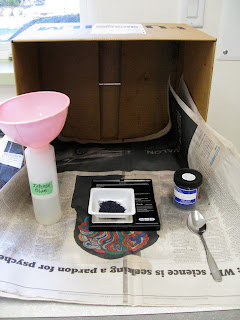The Textile Society of America 15th biennial symposium was held in Savannah Georgia in 2016.
The co-hosts were the Savannah College of Art and Design and Art Rise Savannah.
Ingrid lincoln and I attended the symposium this year.
We caught one of the pre-symposium tours opting to have a group of enthusiastic, knowledgeable students take us on a tour of their university - Savannah College of Art and Design.
The Savannah campus is spread over 80 buildings most of them restored historic buildings in old downtown Savanah, all within walking distance of each other.
The first stop on the tour was the student centre. The beautiful building was filled with art. See the fireplace above.
Pencil drawings on planks of wood.
Next Stop: The Fibers Department, one of 42 disciplines offered.
The entrance art installation - light shining through fibres trapped between acrylic panels on the walls and ceiling.
The dyeing studio.
It looks small but that is because the class sizes are small and only a few students would work in here at any one time. All of the studios are open 24 hours, 7 days a week so students are free to work as their muse strikes or as close to deadlines as they like to.
Induction heating surfaces, steamers and pressurised vat.
SCAD offers 3 fibers degrees - B.F.A., M.A., M.F.A. link here.





















































